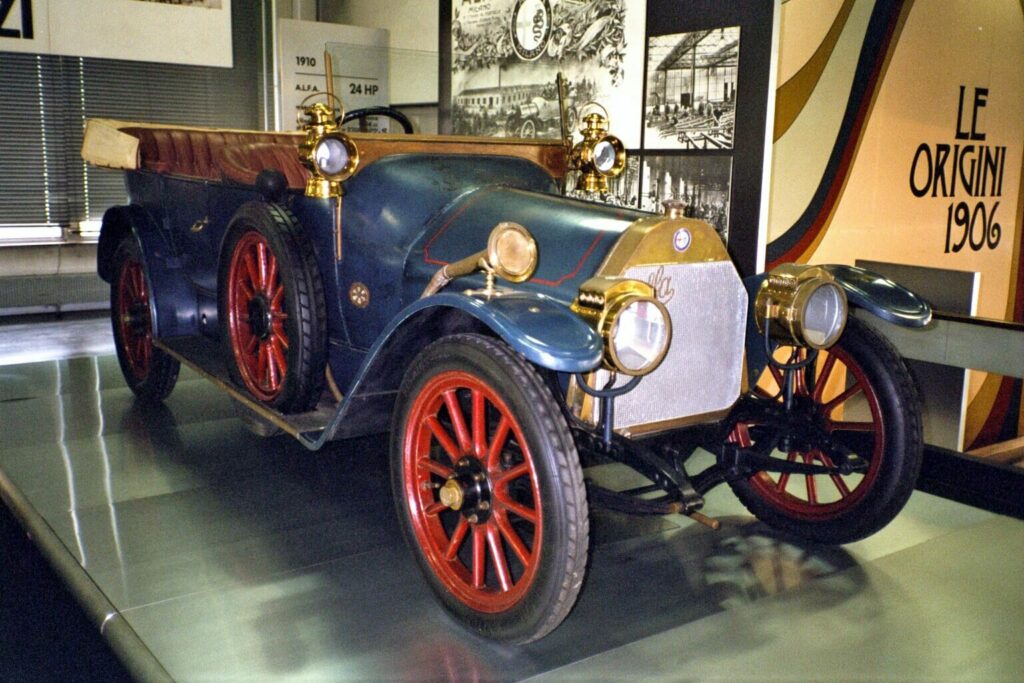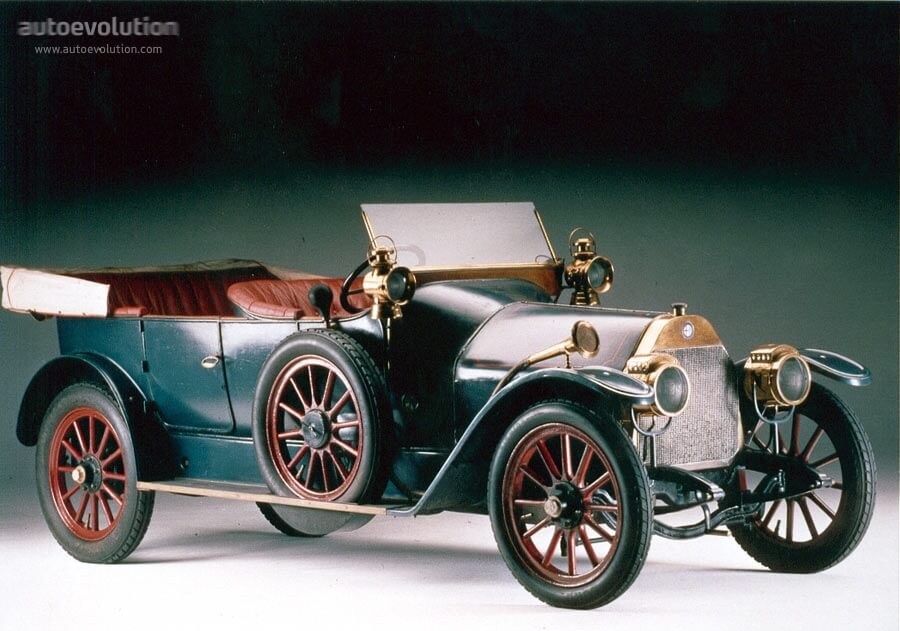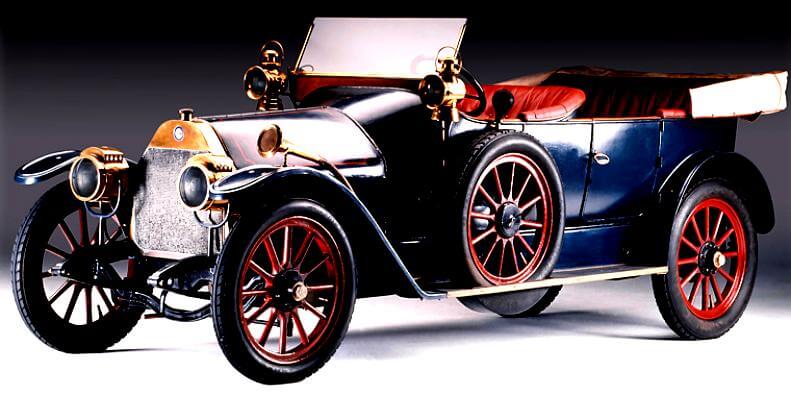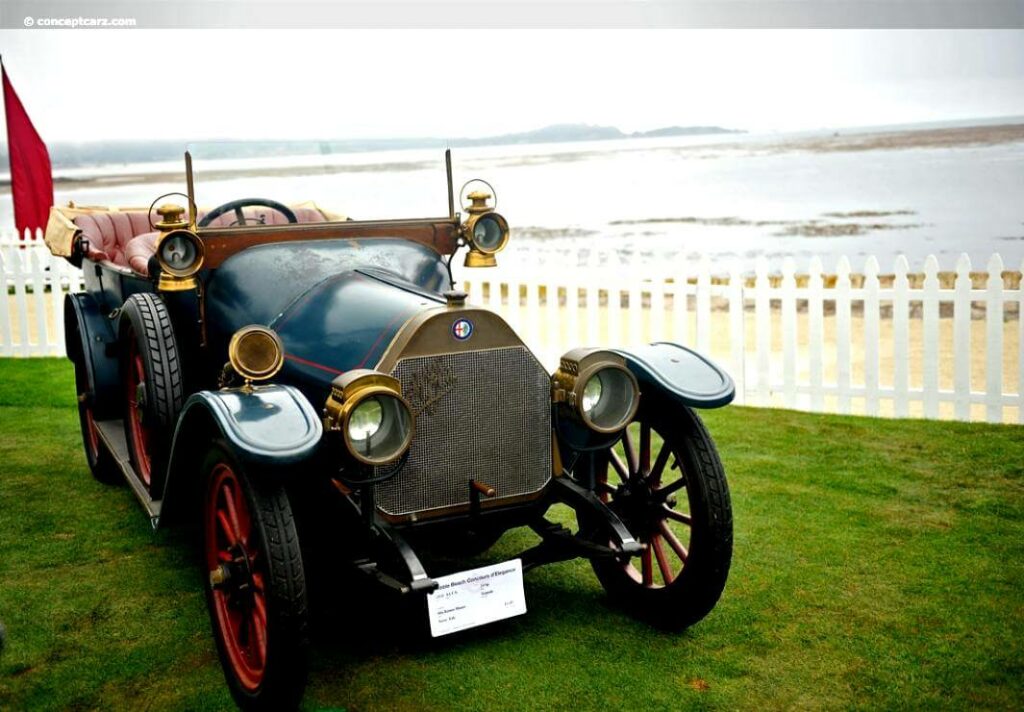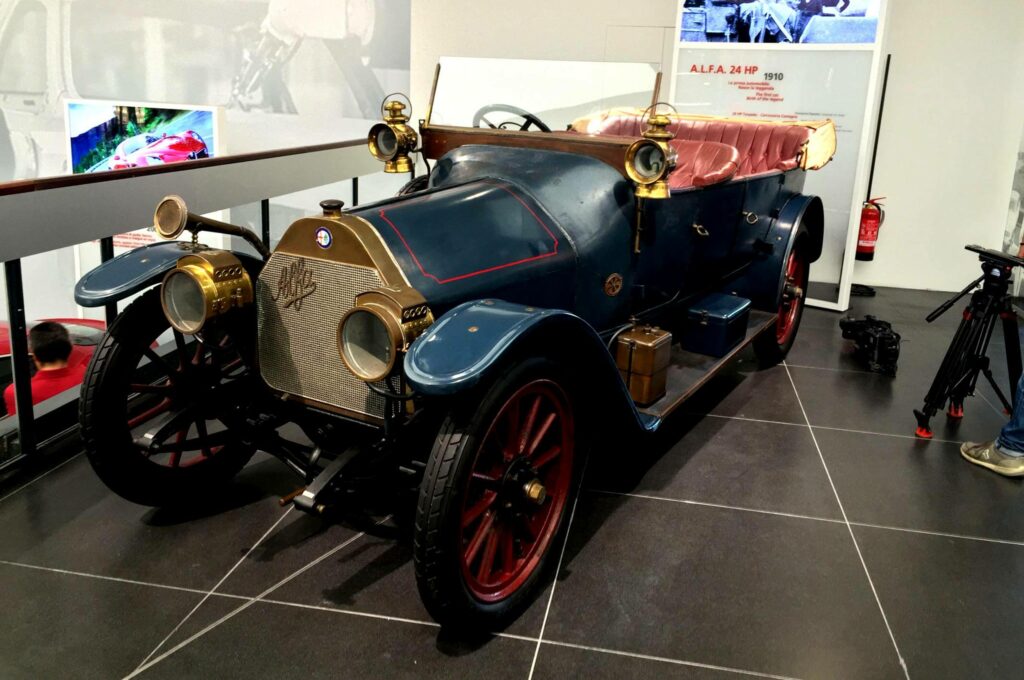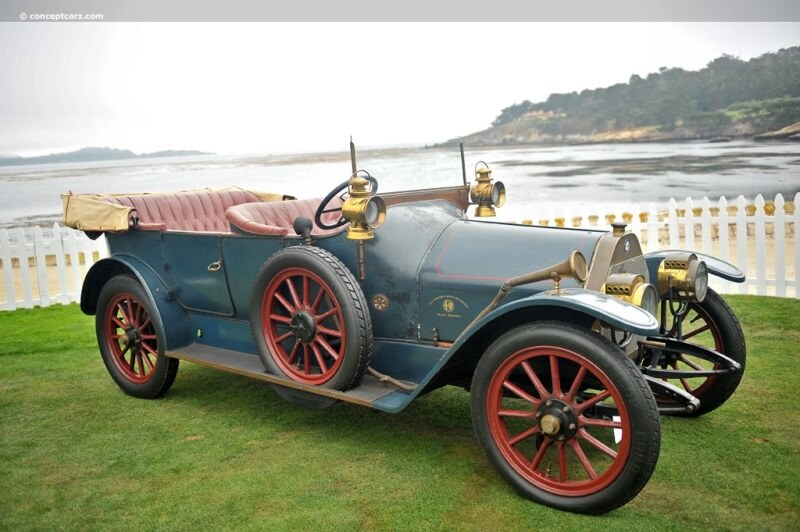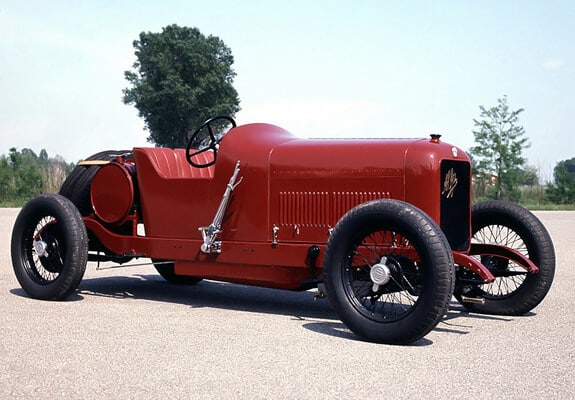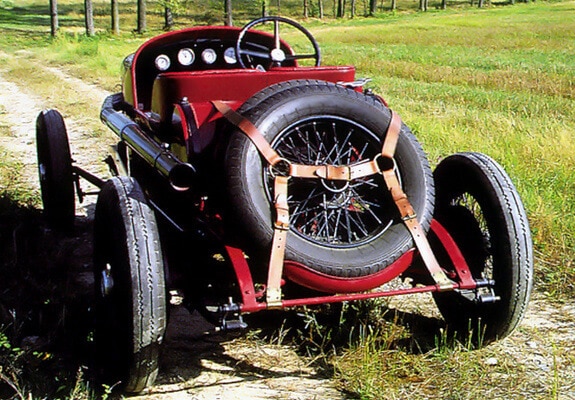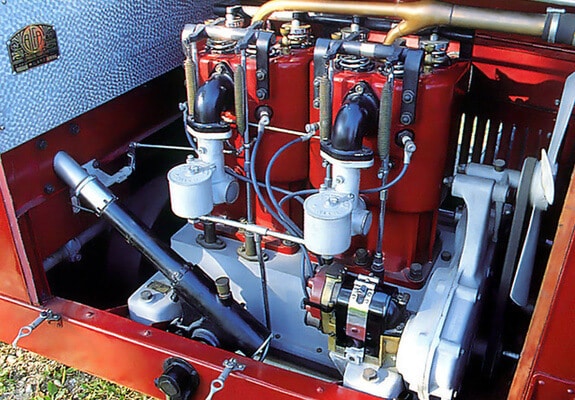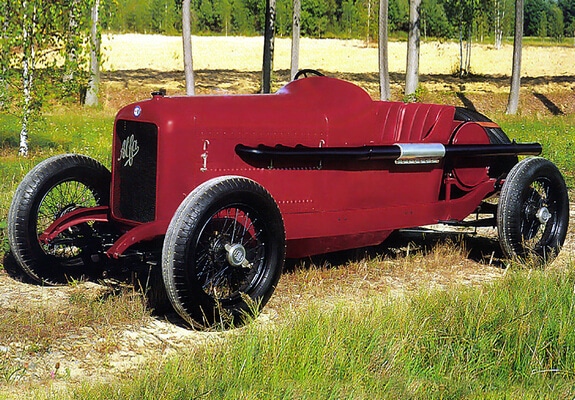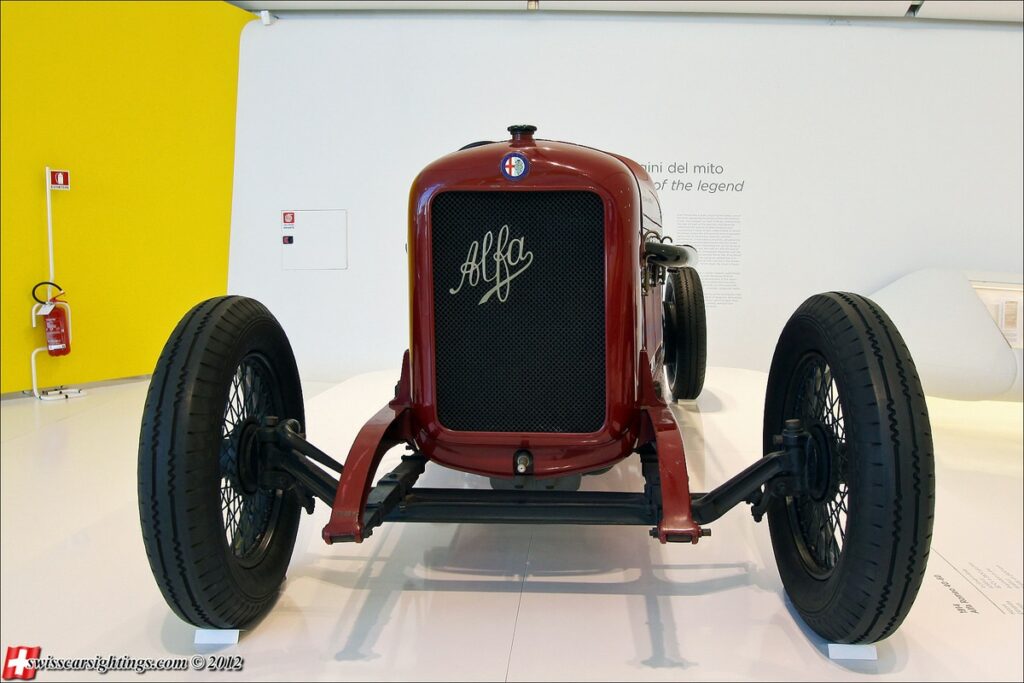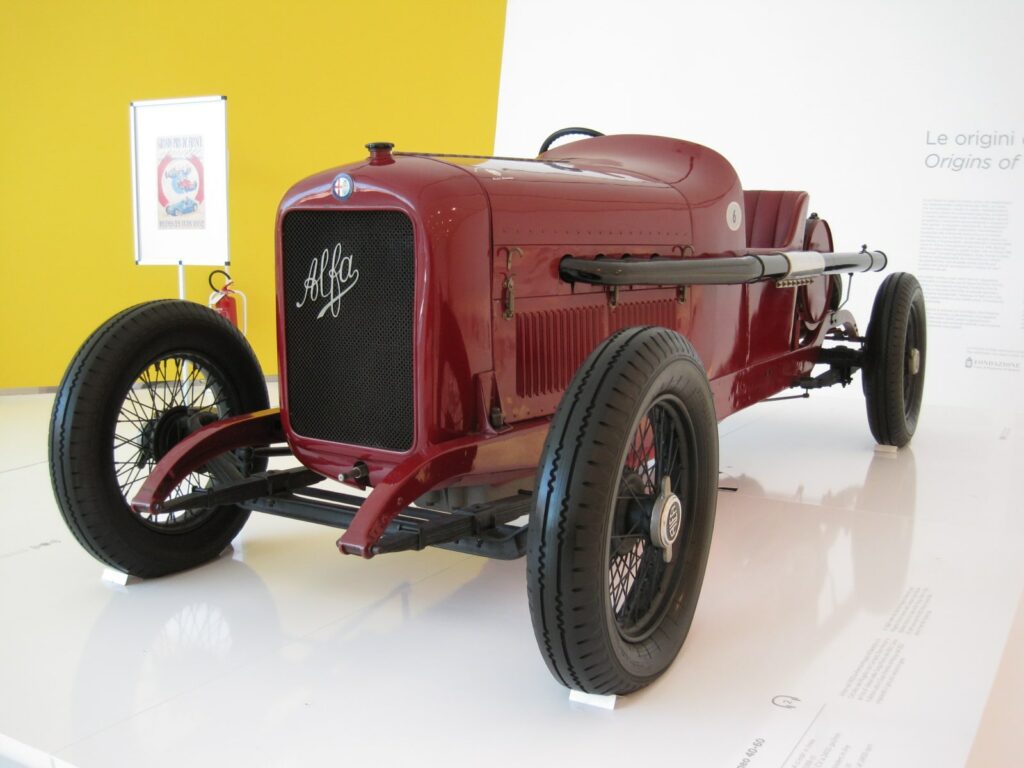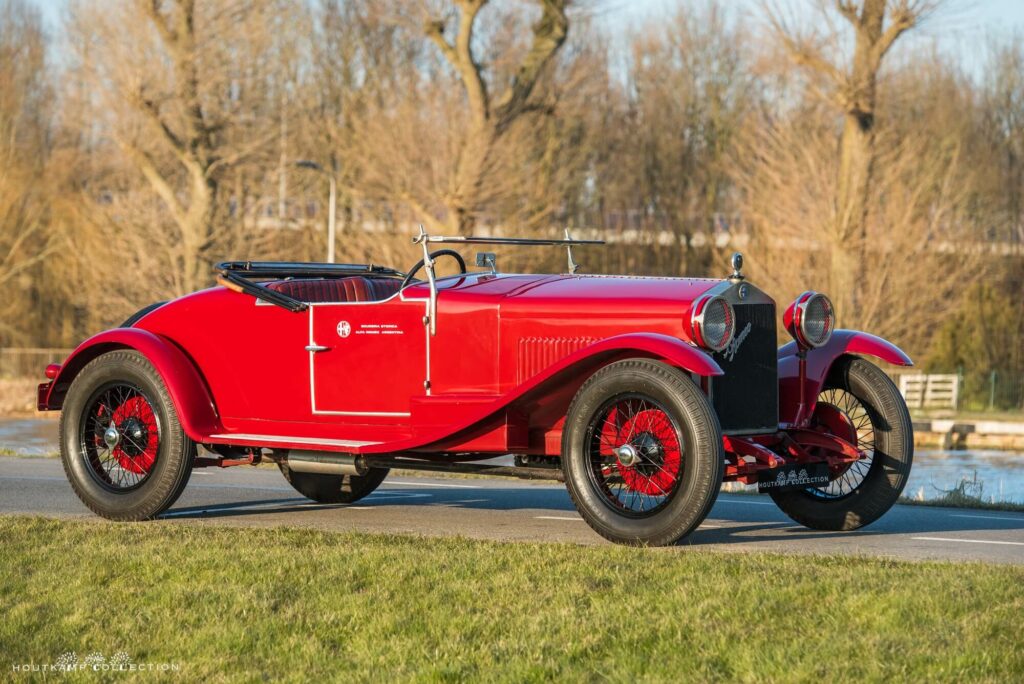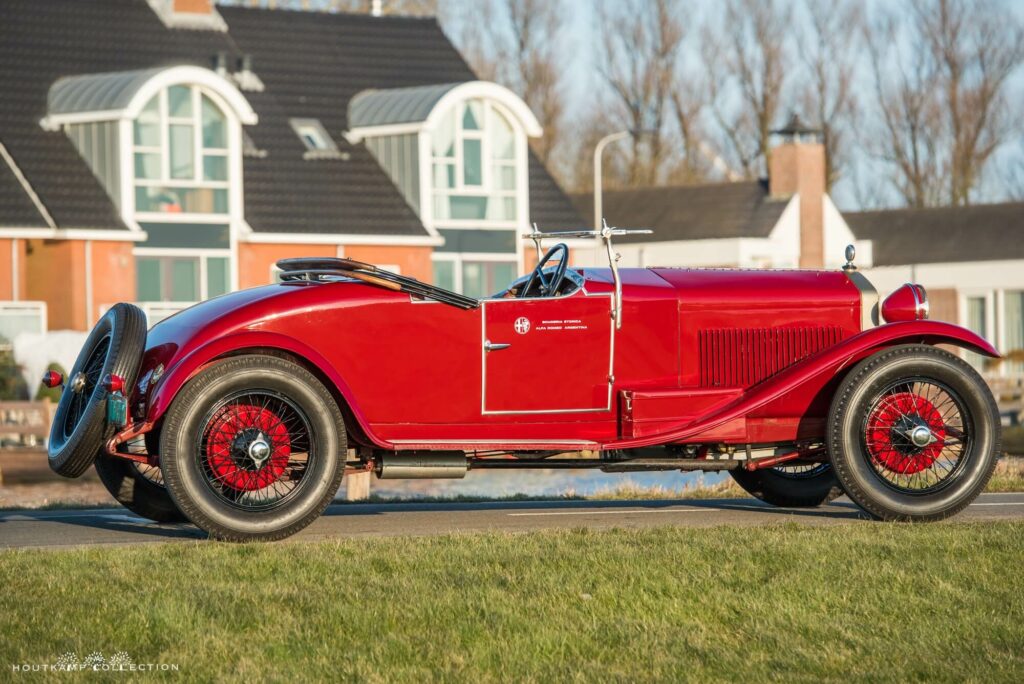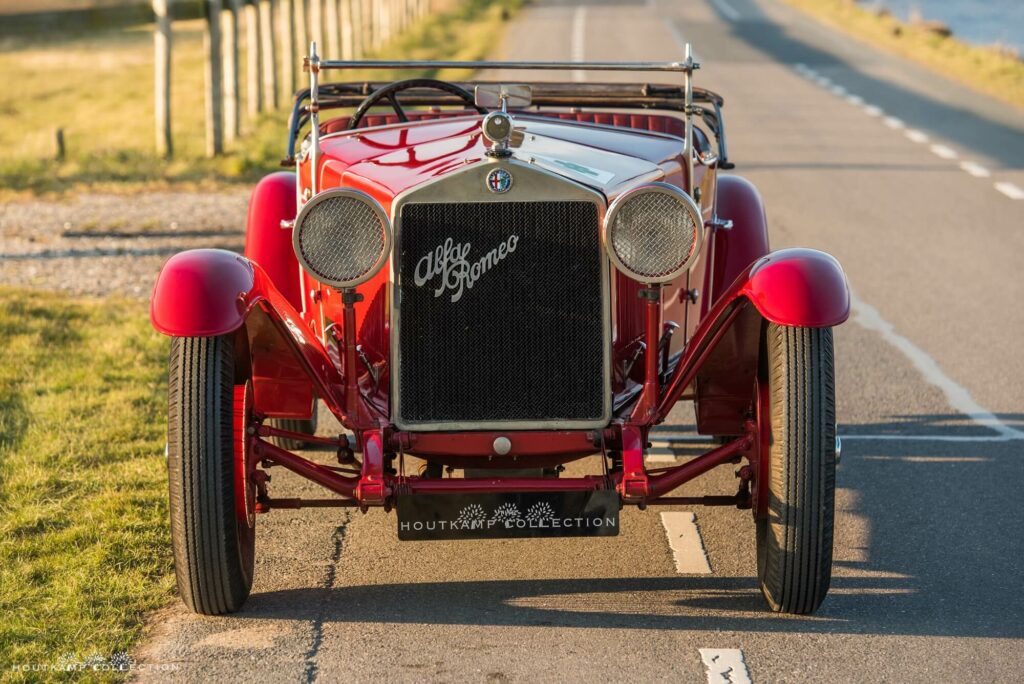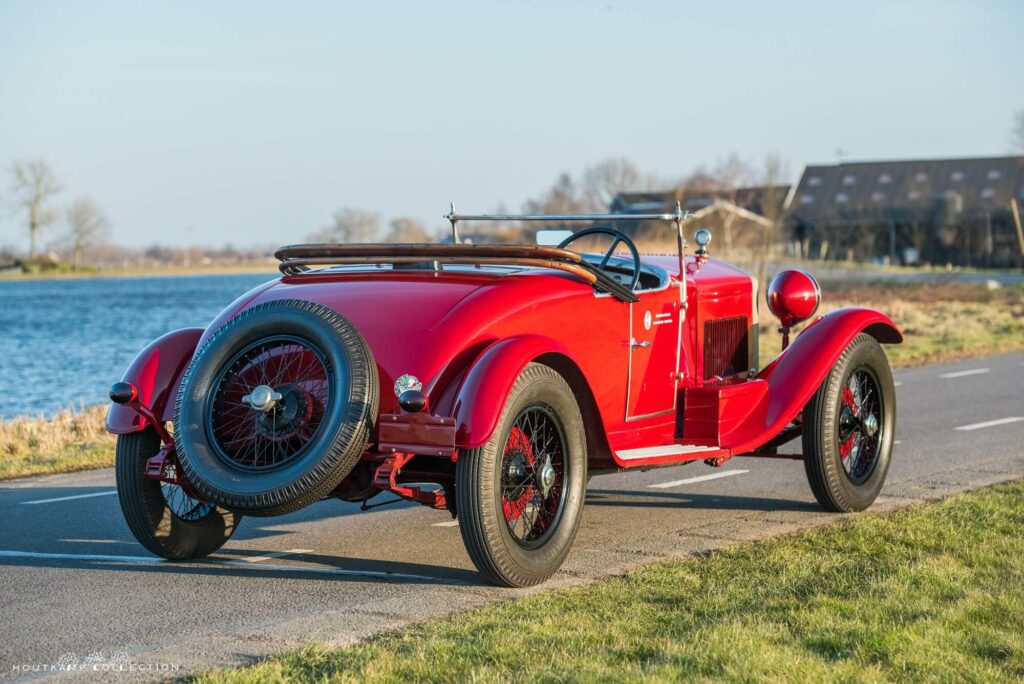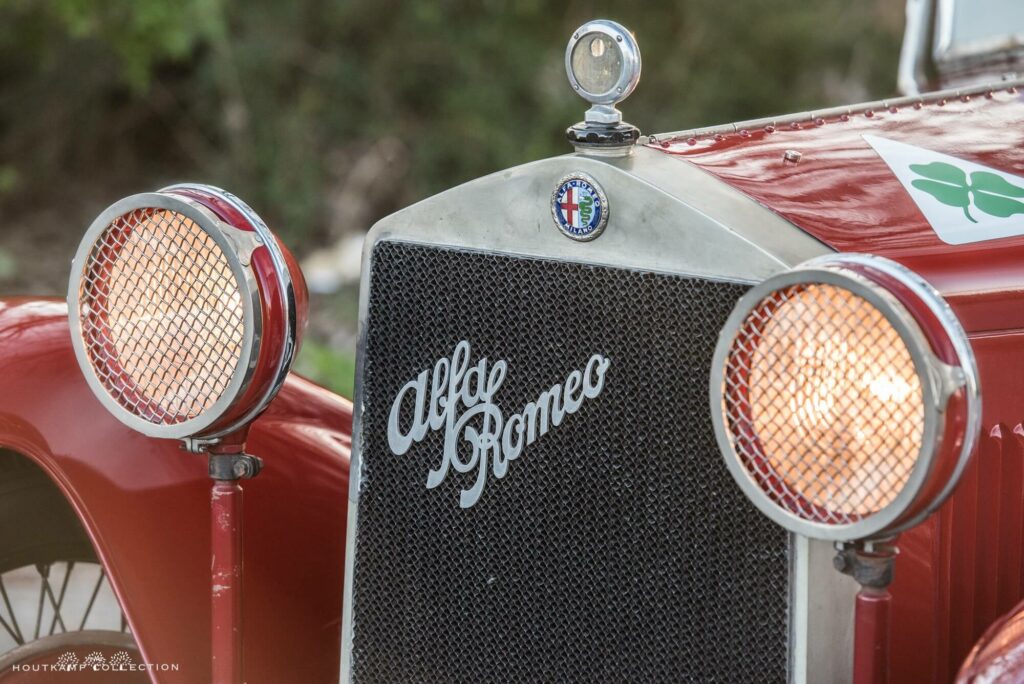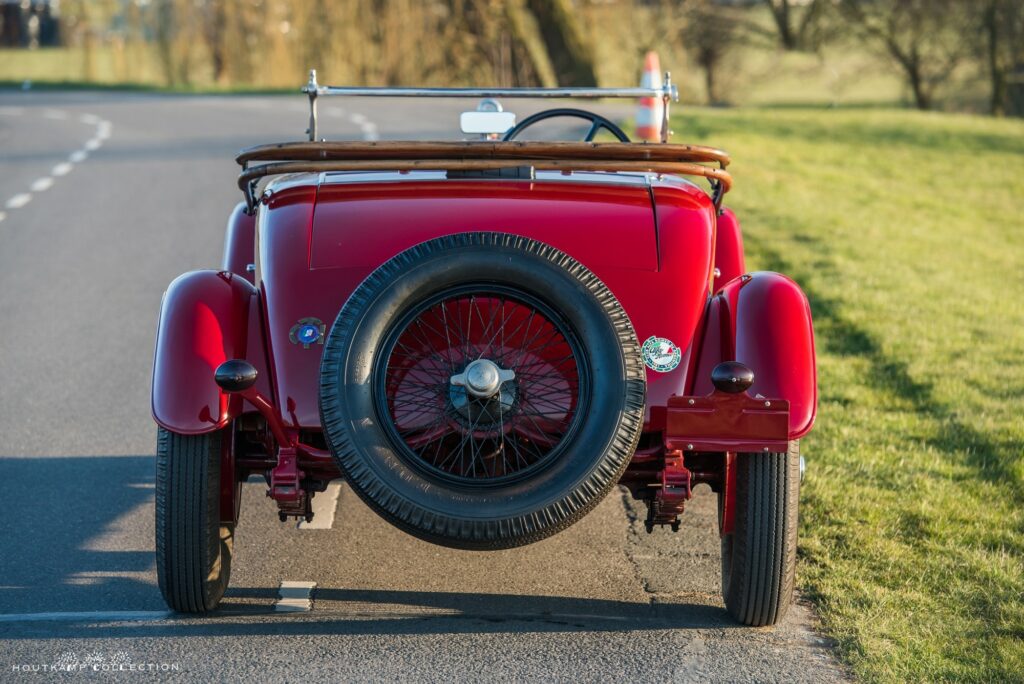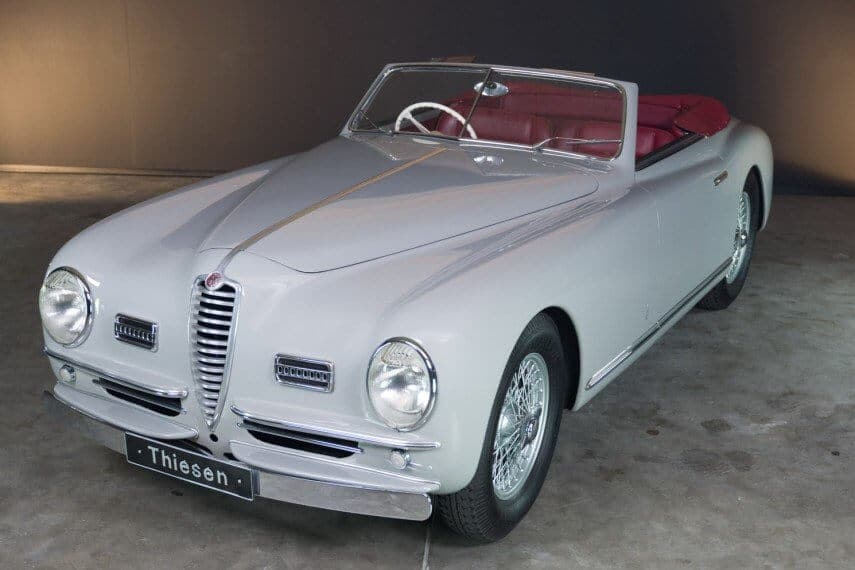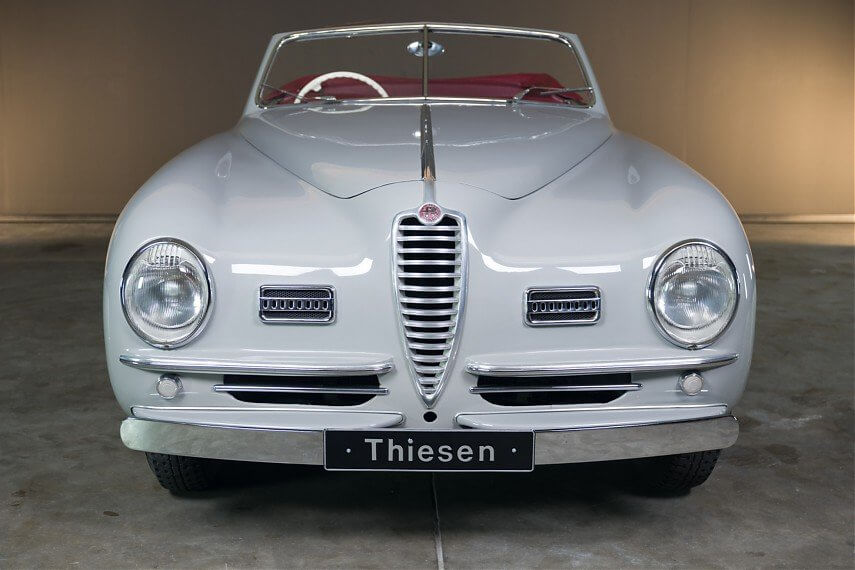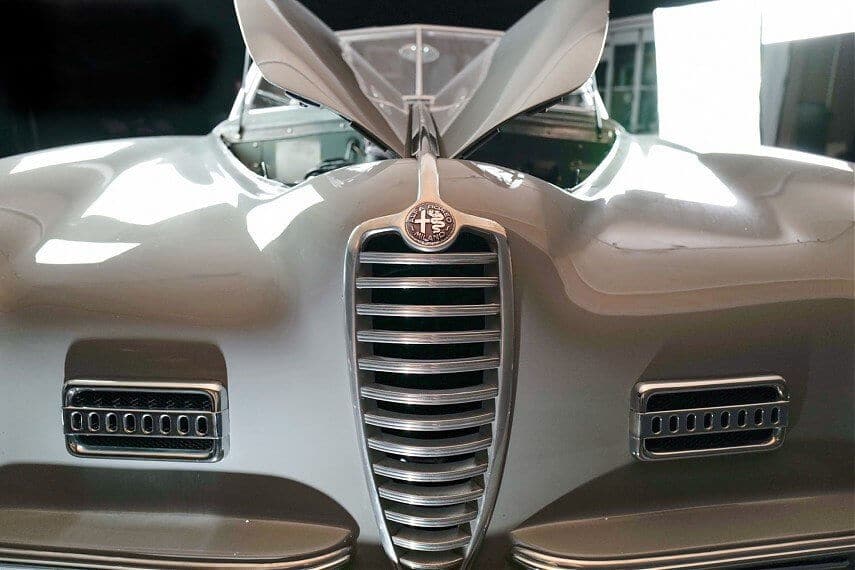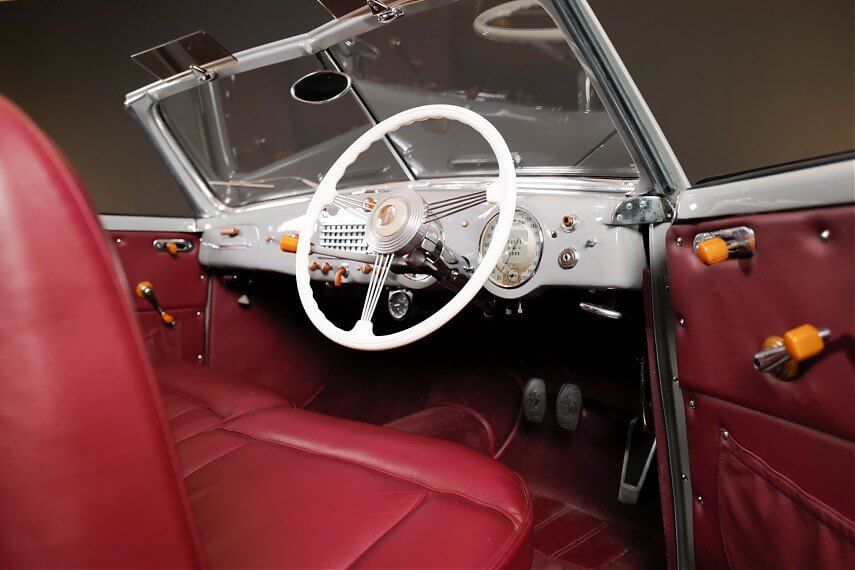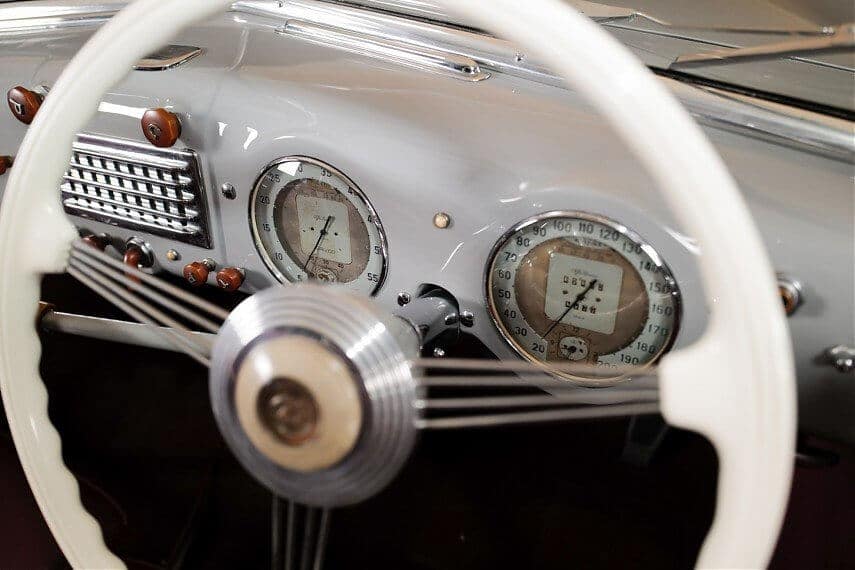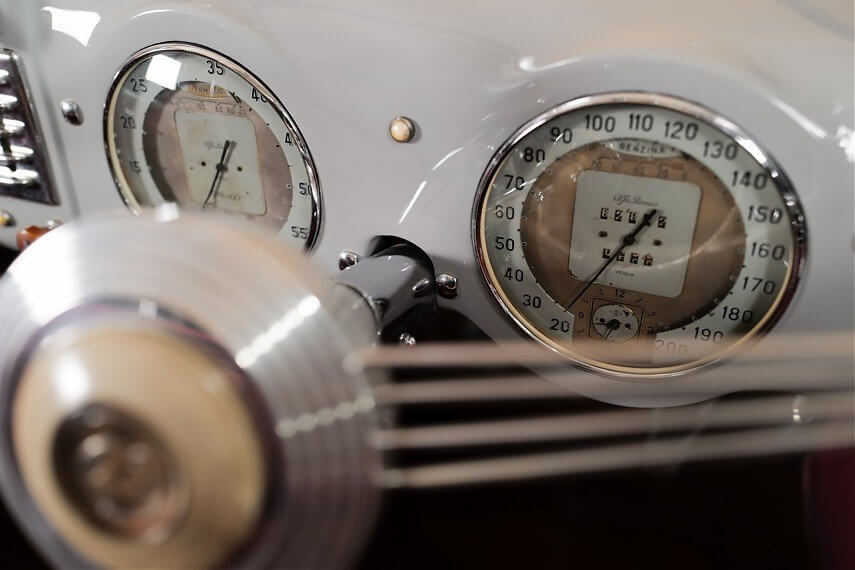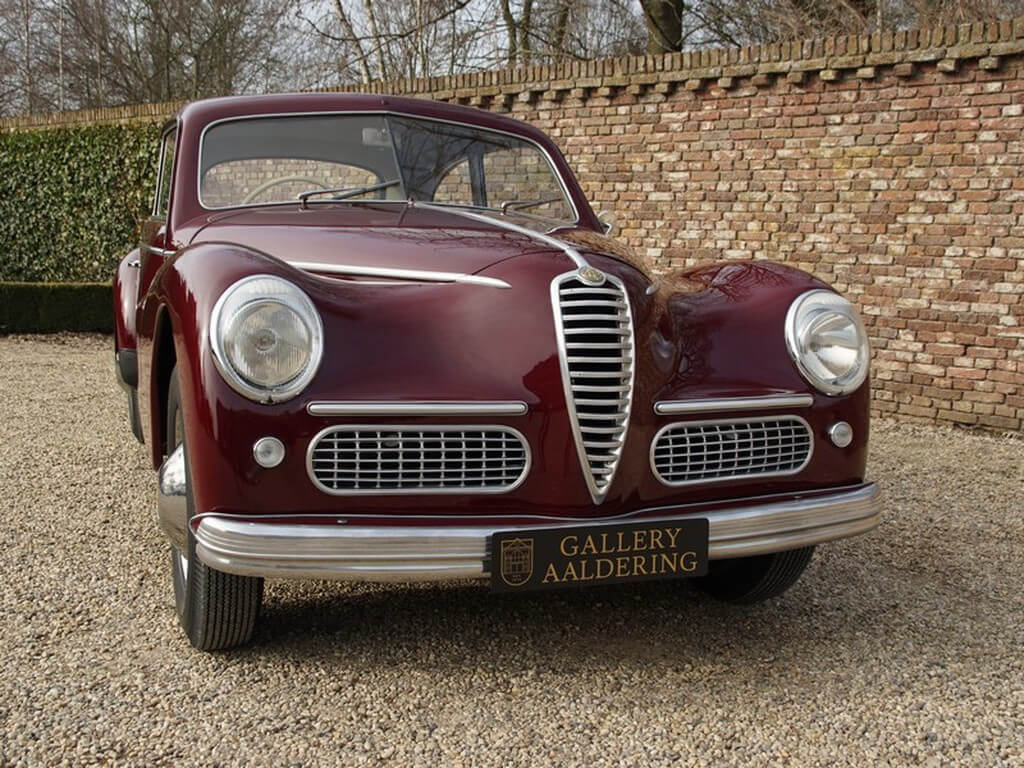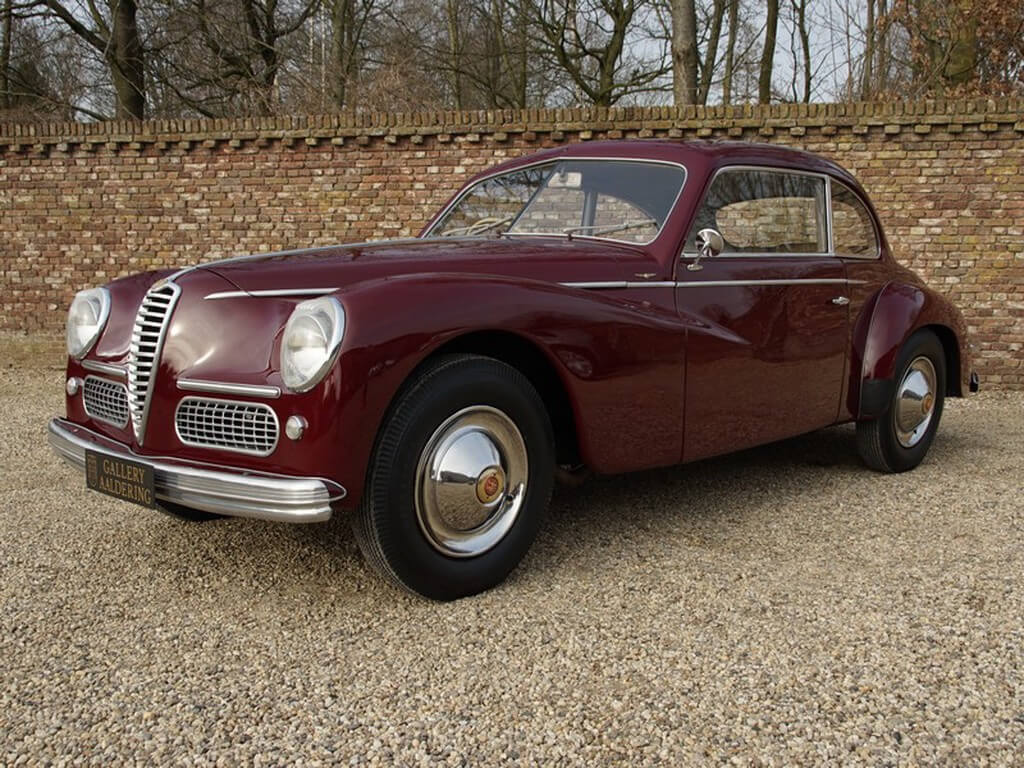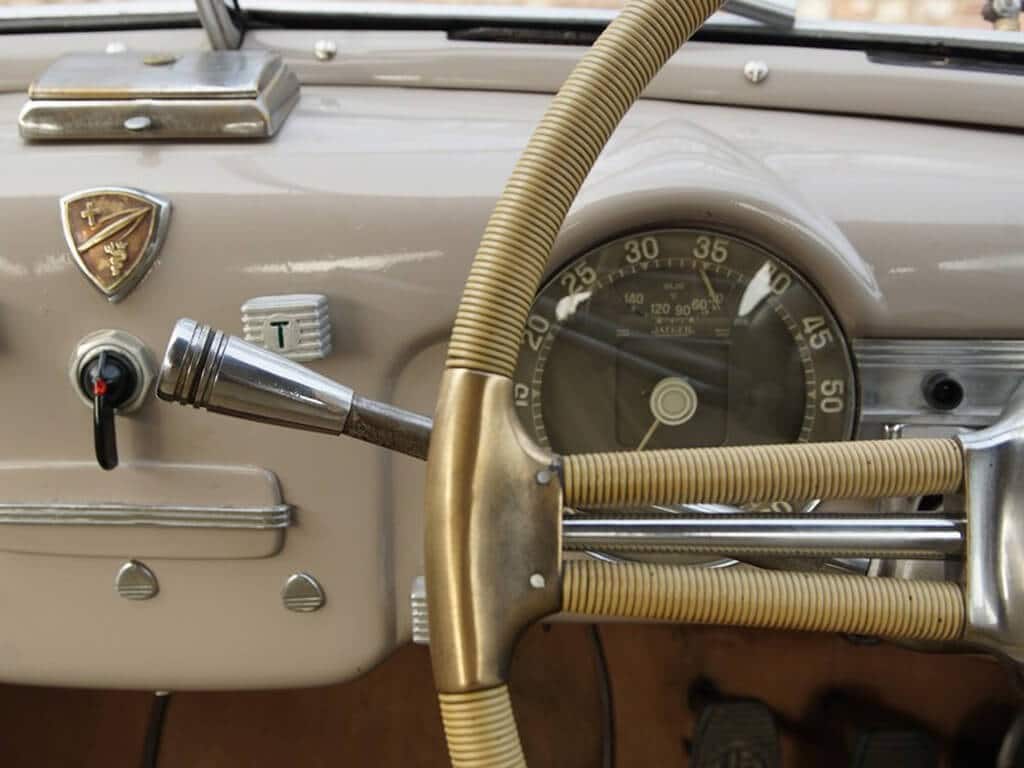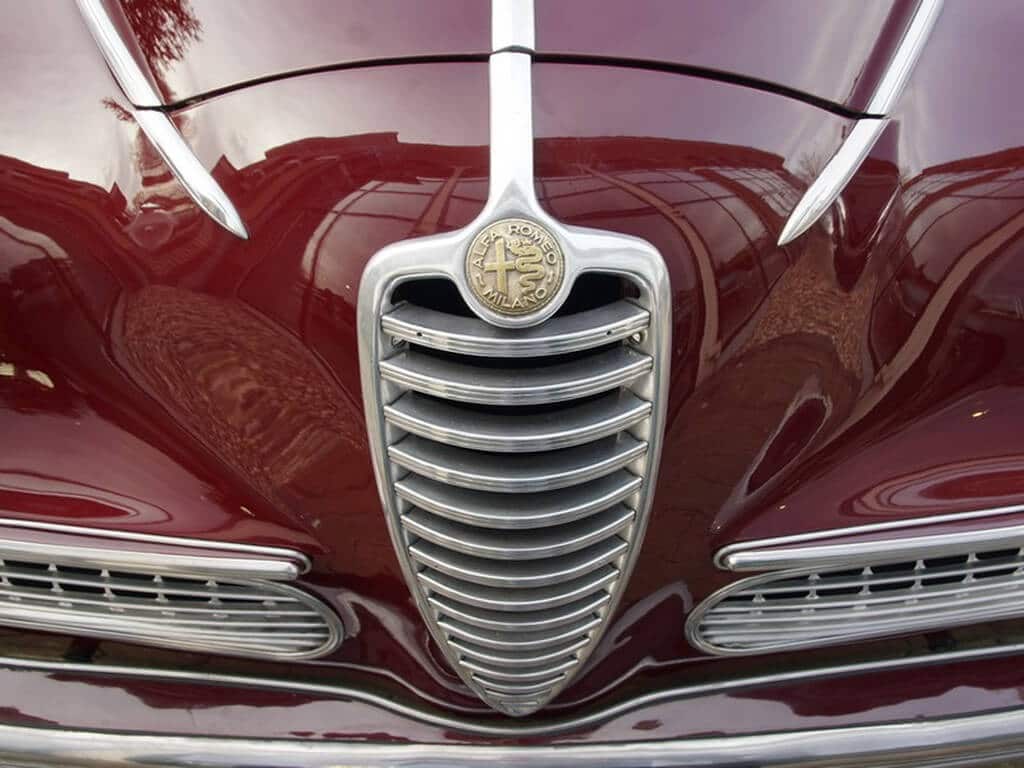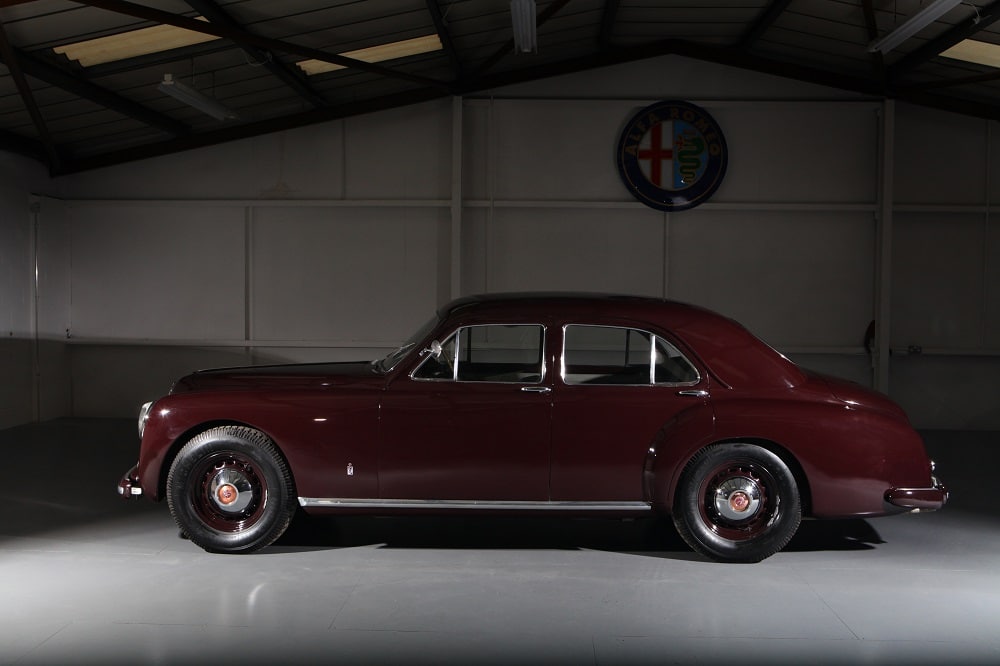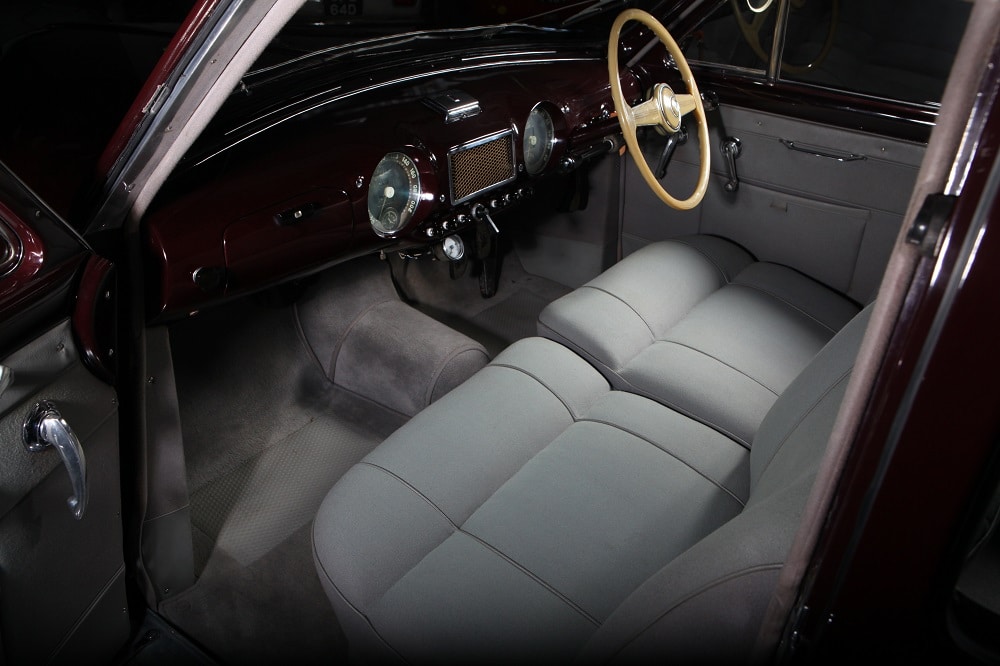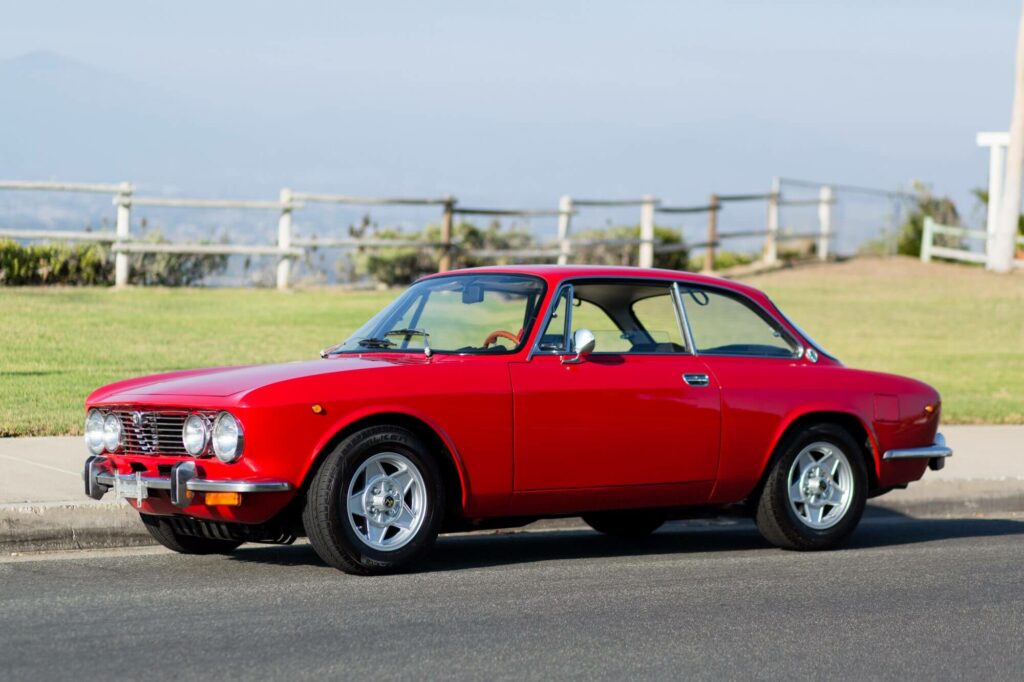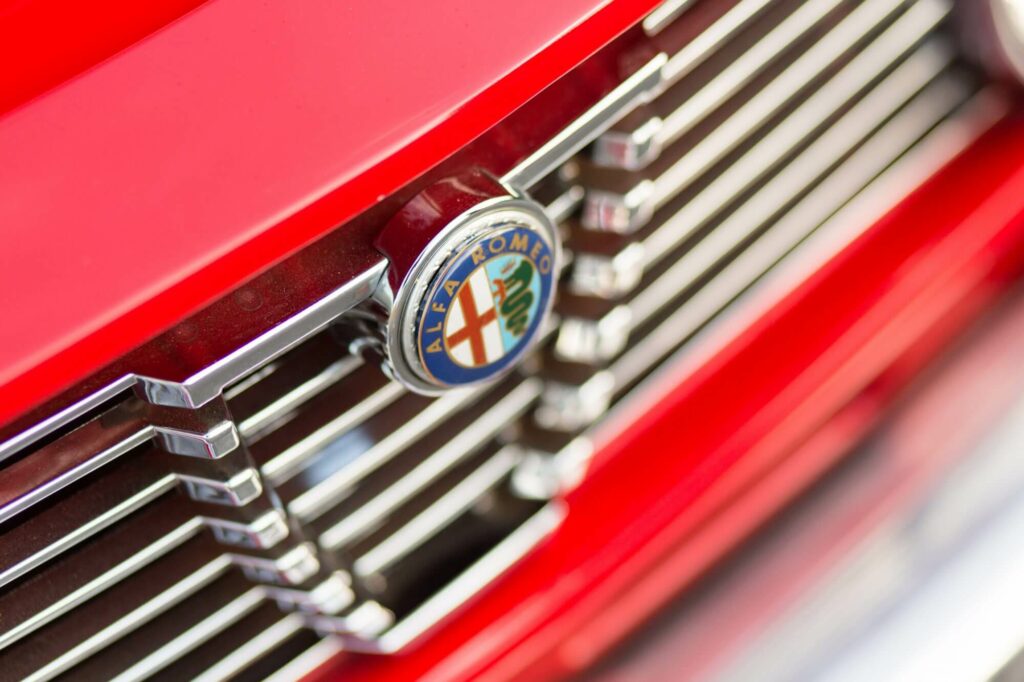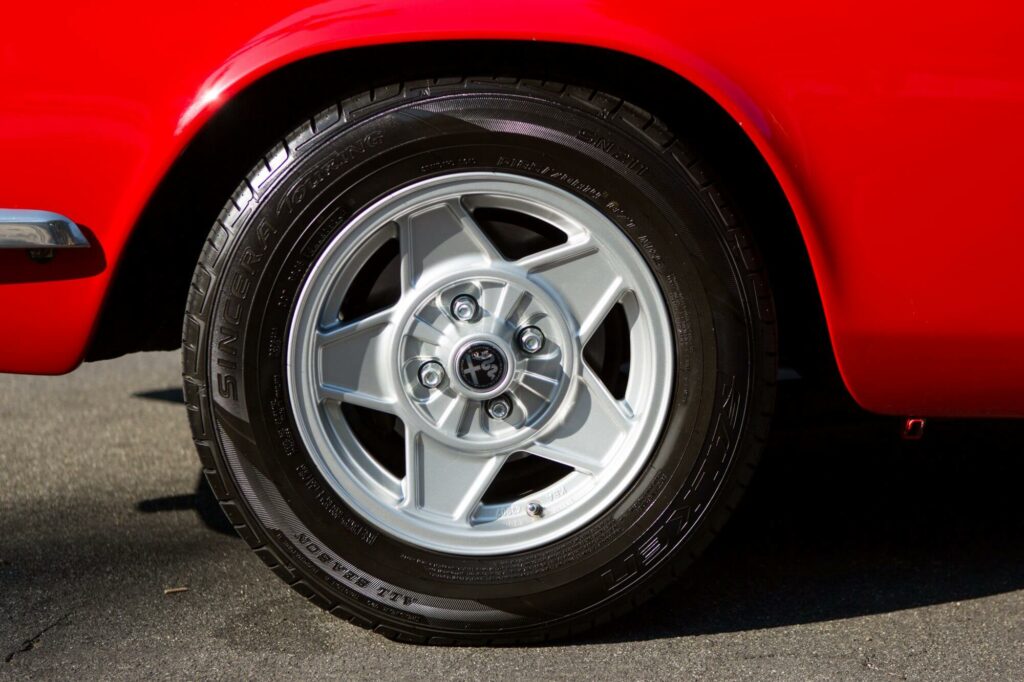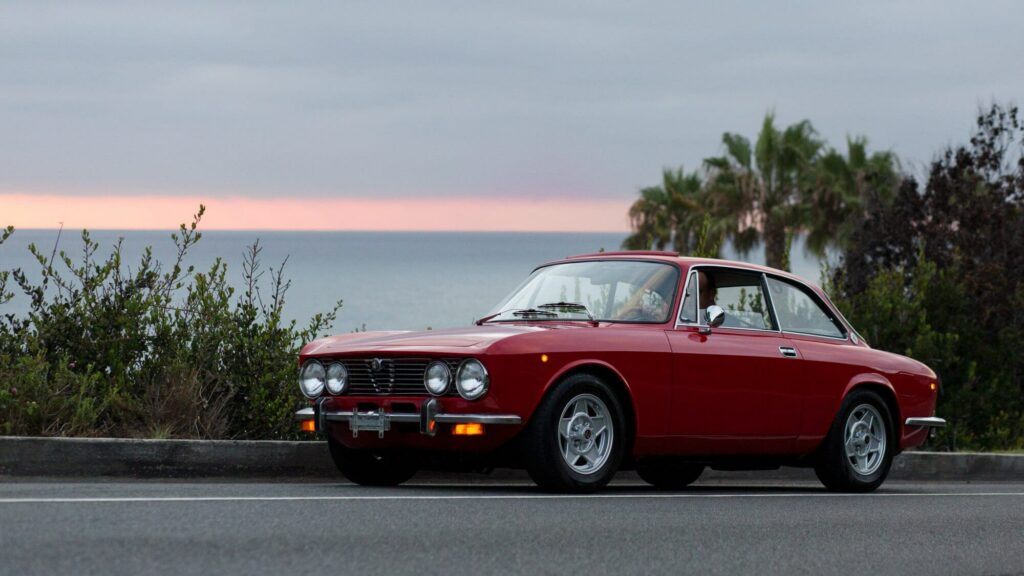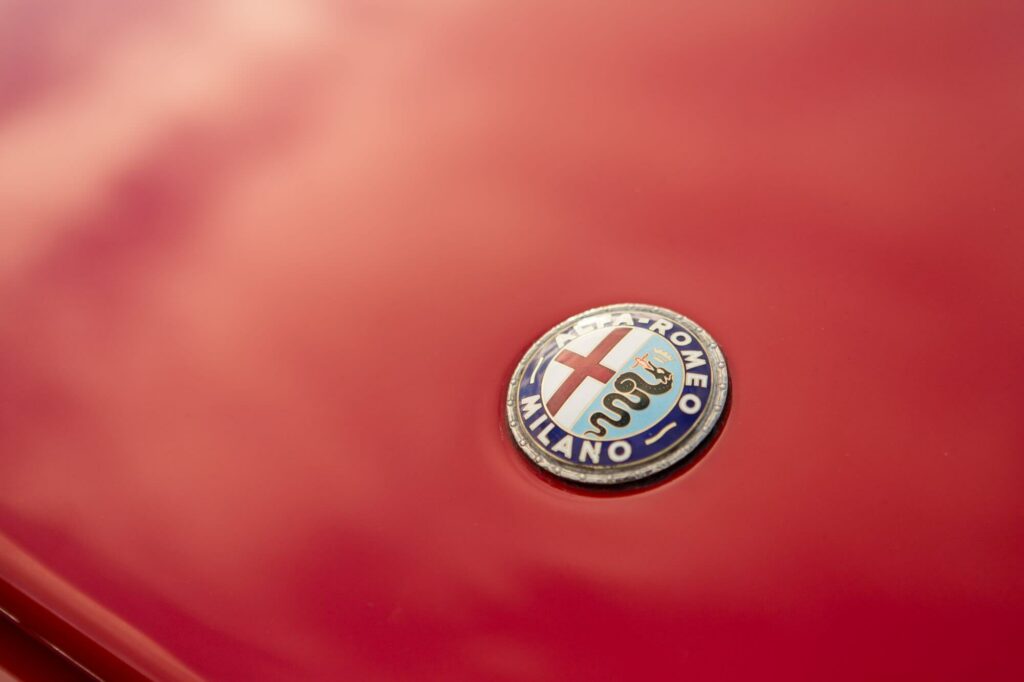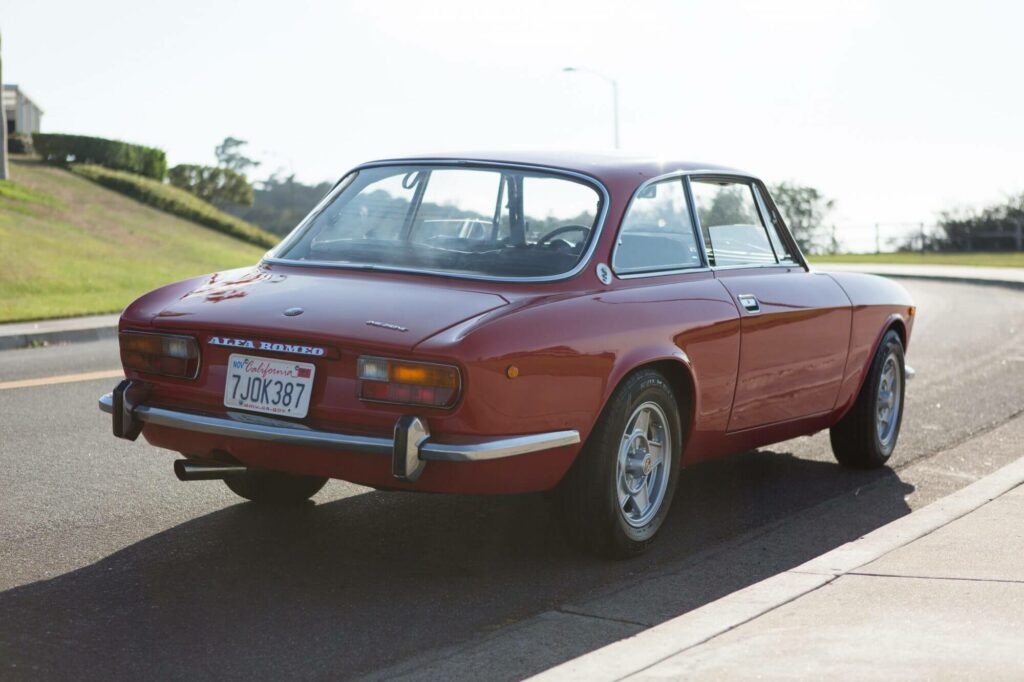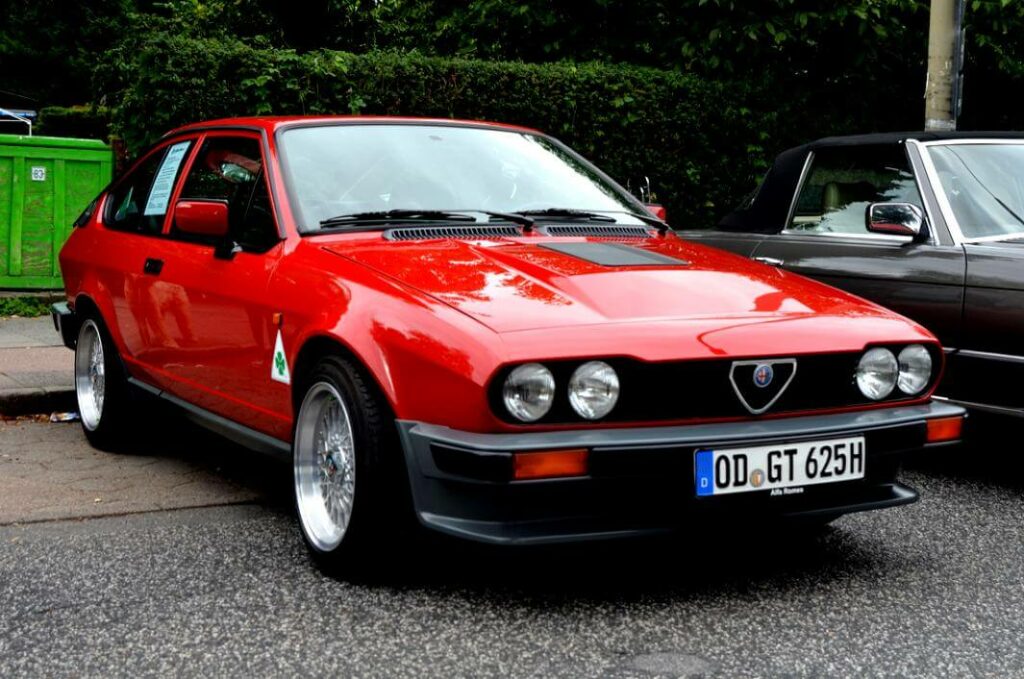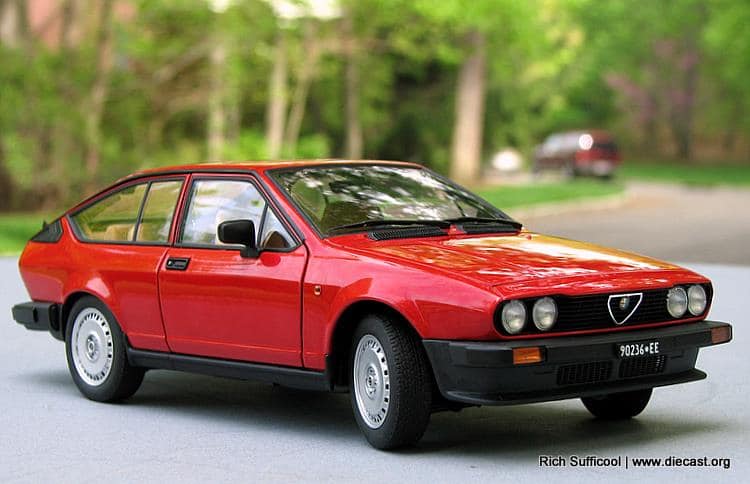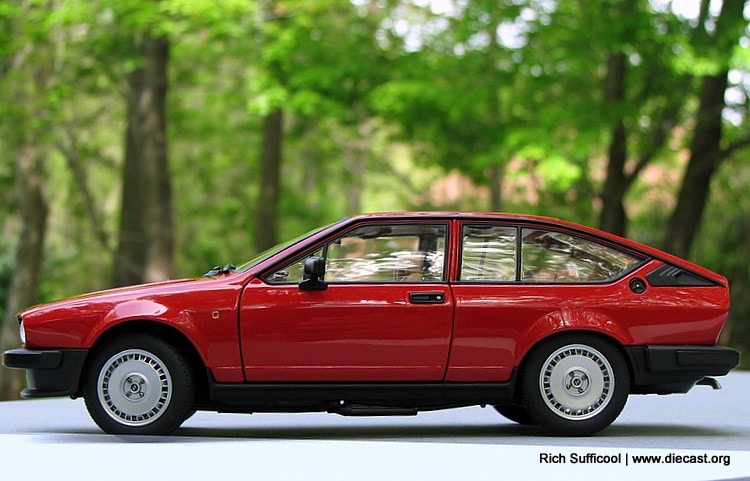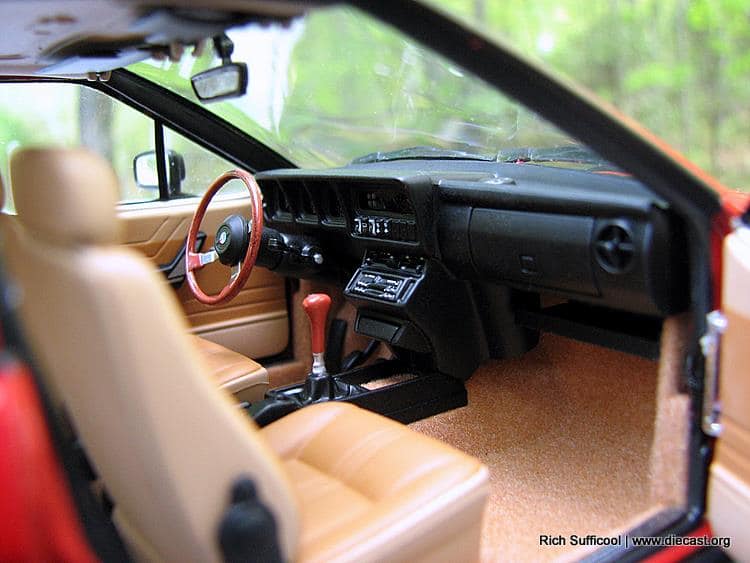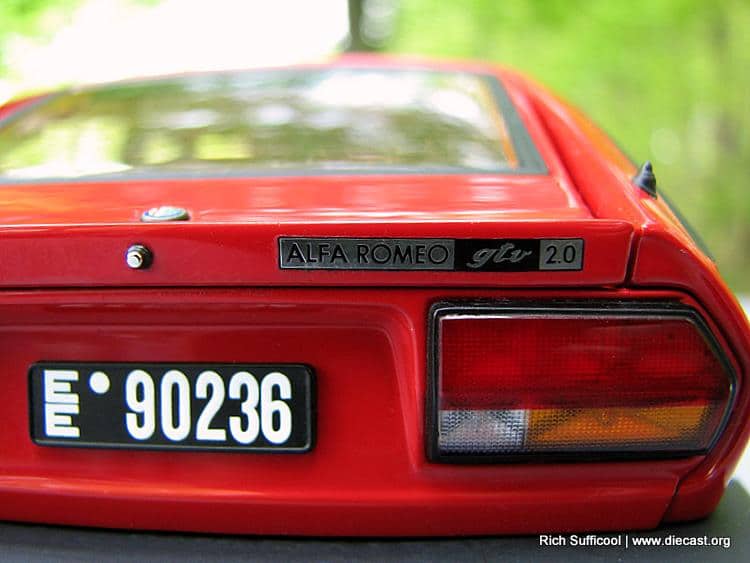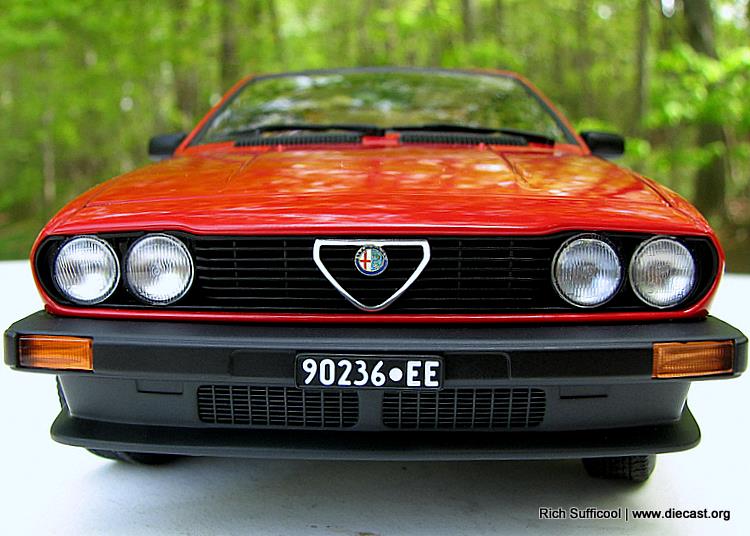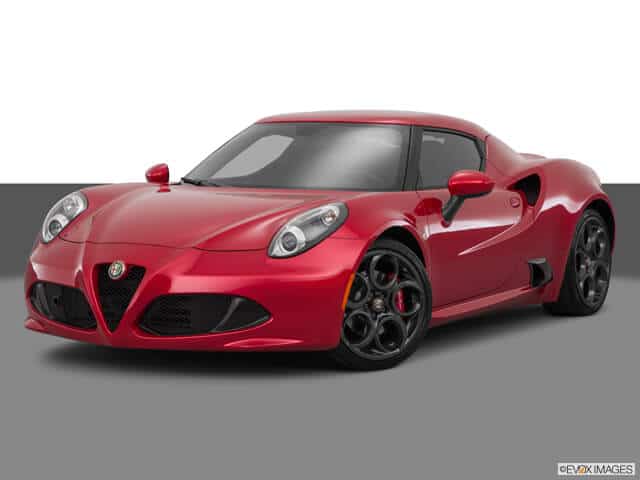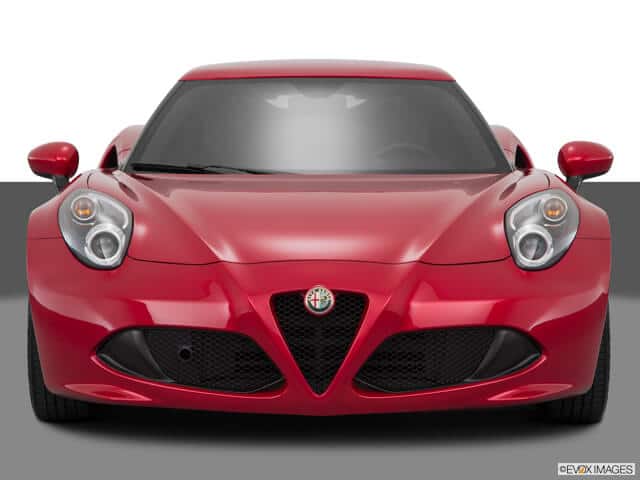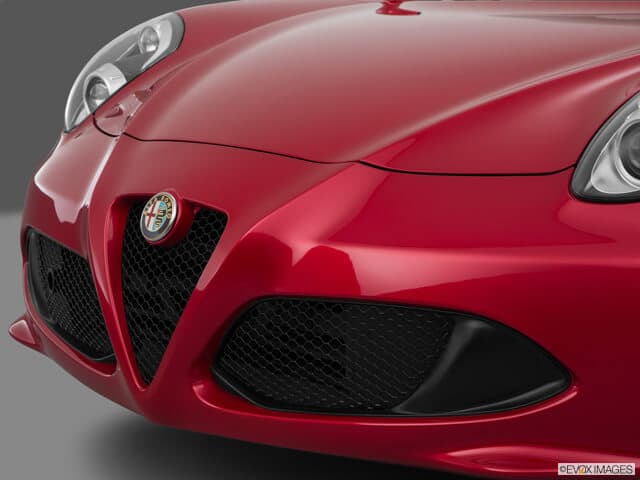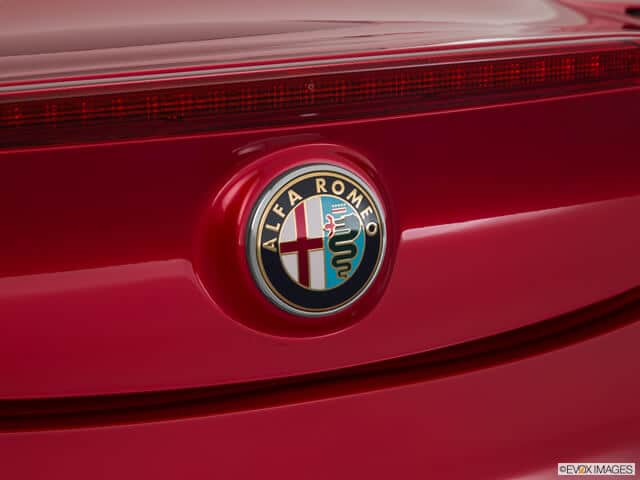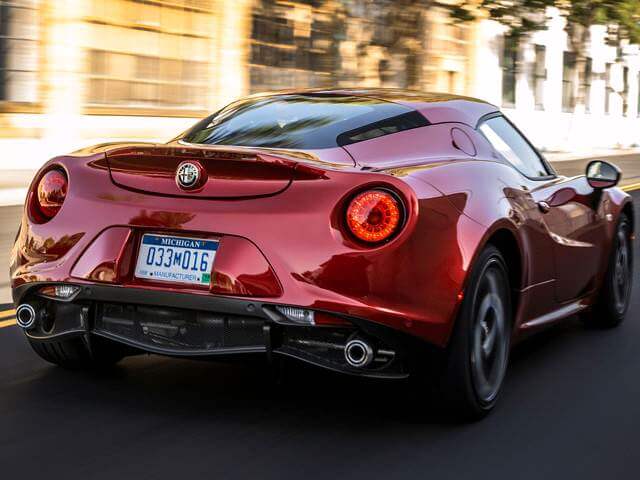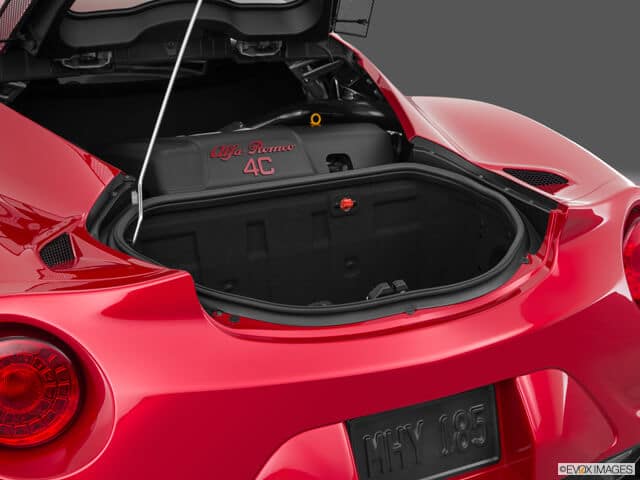The evolution of the Alfa Romeo badge
Oct 2020
THE HISTORY OF ALFA ROMEO
110 YEARS OF ALFA ROMEO
THE EVOLUTION OF THE ALFA ROMEO BADGE
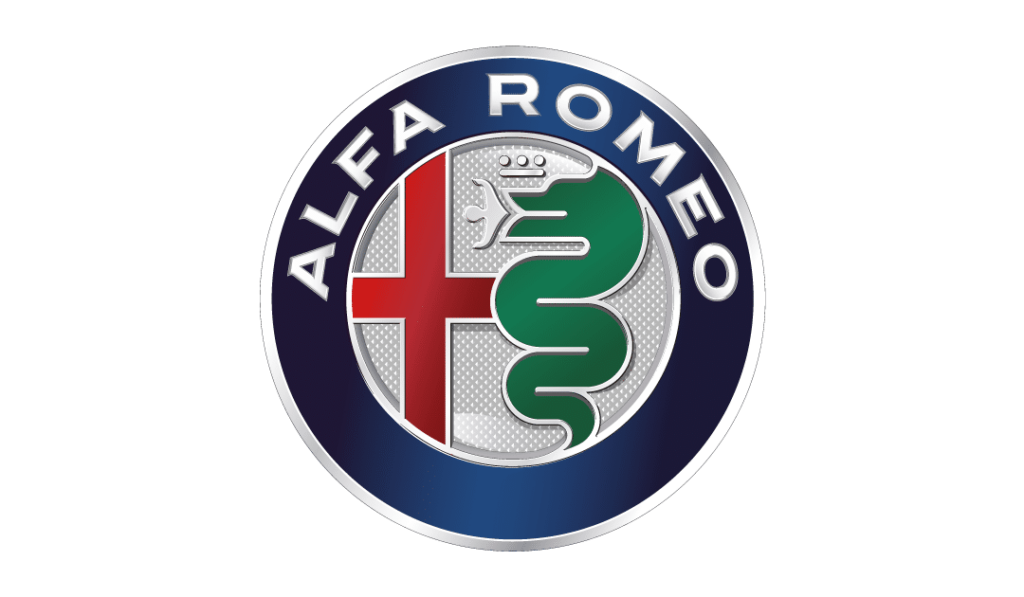
The future belongs to those who have a great history
1910
A.L.F.A. (Anonima Lombarda Fabbrica Automobili) was founded in Milan, Italy on 24 June 1910. Two of Milan’s traditional symbols – the Visconti serpent and Municipality cross – were selected to create the Alfa badge, separated by Savoy-dynasty knots with ALFA-MILANO lettering on the outer edge.
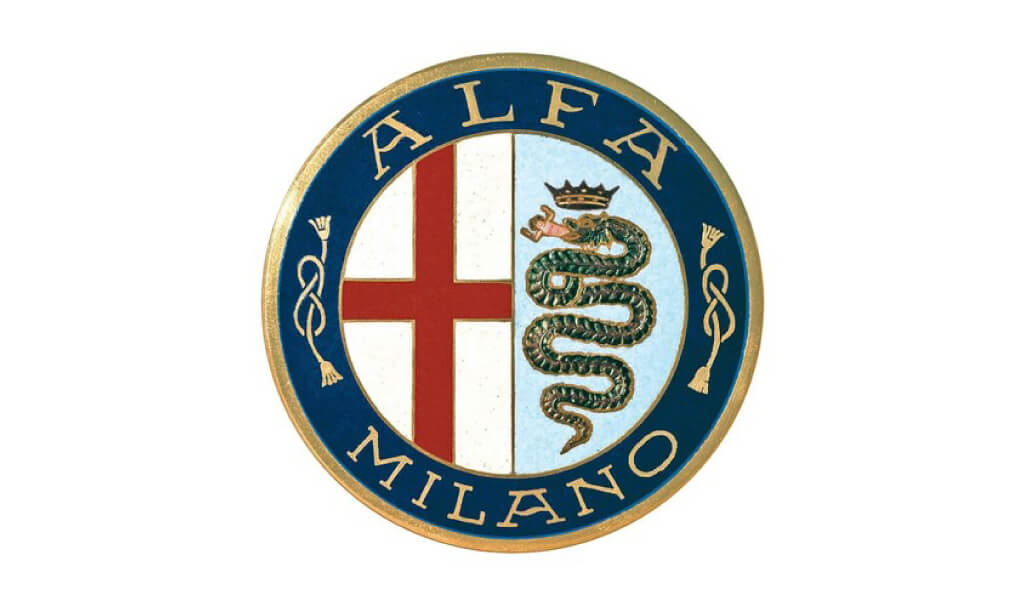
1915
With master engineer Nicola Romeo taking control of the company, his surname was added to the badge to read ALFA-ROMEO MILANO.
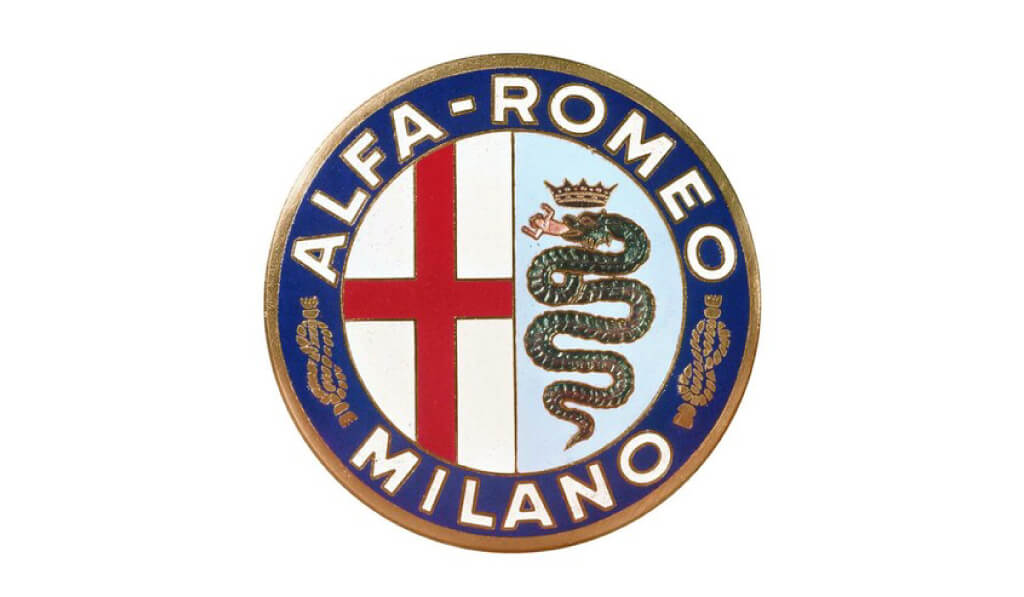
1925
True to the Italian spirit, a golden laurel crown was added to the badge to symbolise the first World Championship victory.
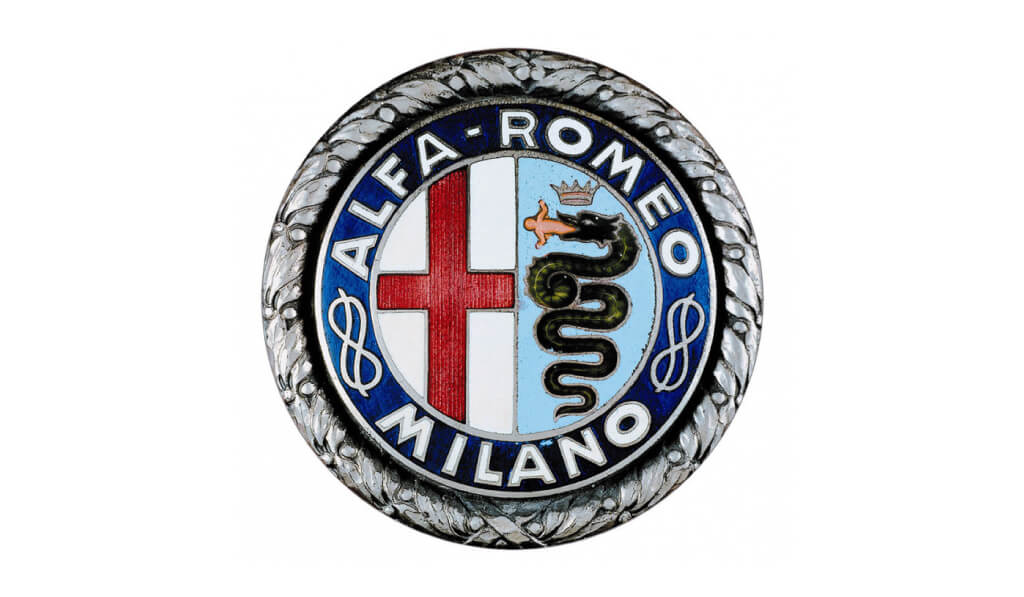
1946
During the Second World War the Alfa factory, adapted to produce Macchi C.202 Folgore engines during wartime, was bombed. The machines producing ALFA-ROMEO MILANO badges were destroyed, birthing the creation of the iconic Spartan single-colour (red) version of the badge. This badge is a symbol of the times when the world experienced hardships and the company was battling to regain profitability.
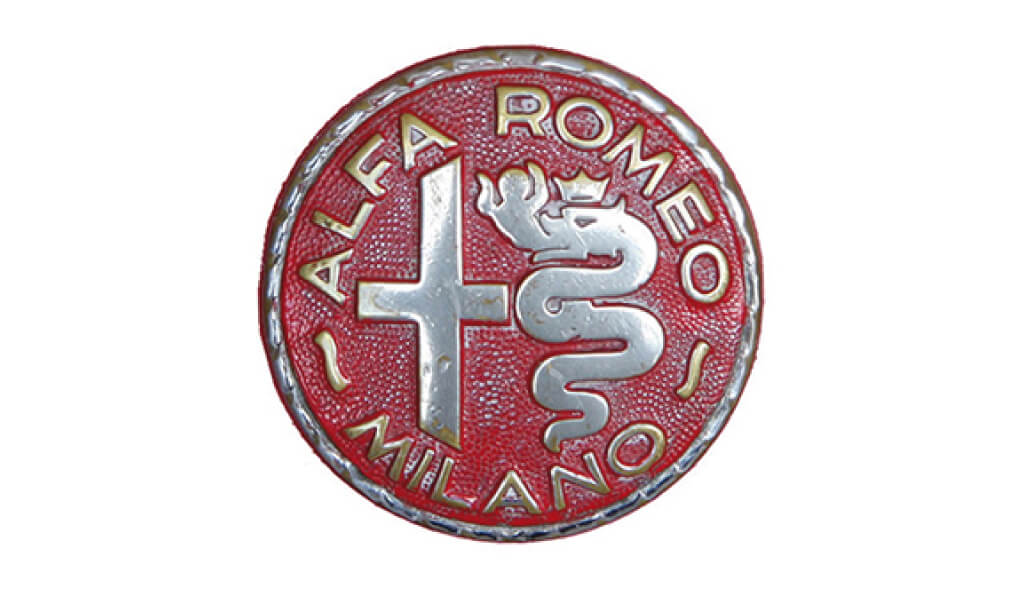
1950
A decade of innovation and change for the company followed in the 1950s.
As motor sport resumed, Giuseppe Farina won the first Formula One World Championship in 1950 and Juan Manuel Fangio secured Alfa’s consecutive championship in 1951. In 1952, Alfa Romeo experimented with its first front-wheel drive compact car, however abandoning the production due to financial difficulties in post-war Italy. Had Alfa Romeo succeeded, it would have preceded the Mini as the first “modern” front-wheel drive compact car.
1954 saw the start of mass-produced vehicles, with the introduction of the Giulietta series including berline (saloons/sedans), coupés and open two-seaters. With the Republic’s proclamation, the badge was restored to full colour and the Savory-dynasty knots replaced with two wavy lines.
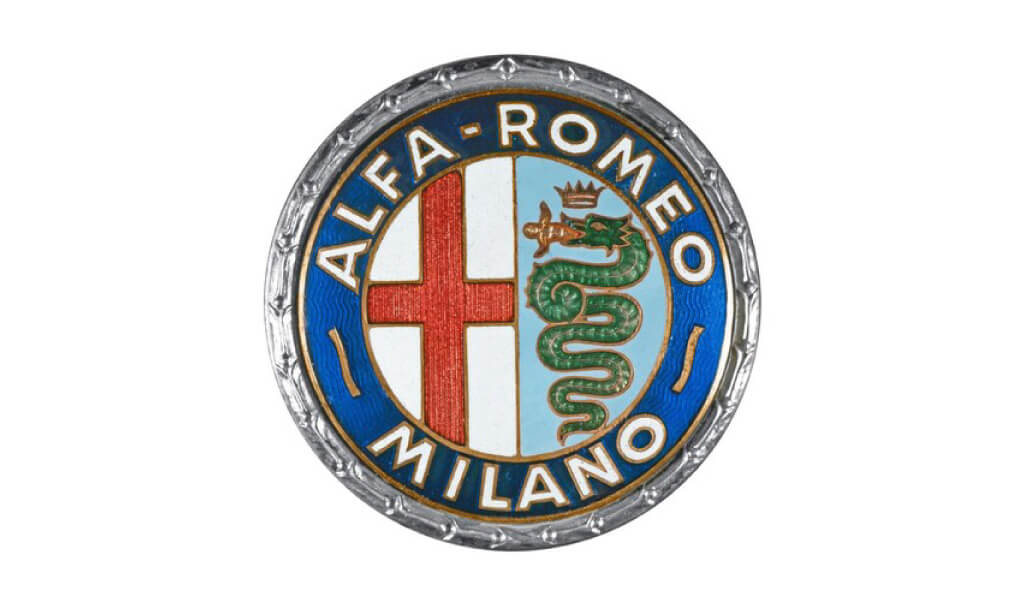
1972
During the 1970s, Alfa Romeo concentrated on manufacturing the Tipo 33 series, a prototype for sports car racing. The Tipo 33TT12 gained entry to the World Championship of Makes in 1975 and the Tipo 33SC12 won the World Championship for Sports Cars in 1977.
The word MILANO was removed along with the wavy lines, with the opening of the Pomigliano d’Arco Alfasud plant.
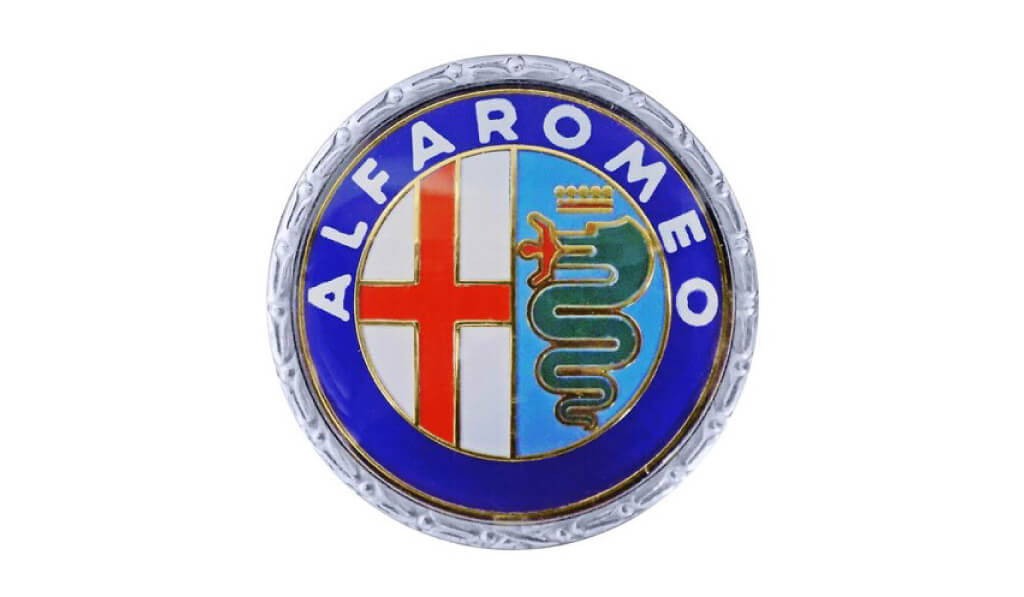
1982
The 1980s set the tone for automated, mass produced vehicles with very little manual involvement. Brand development continued to the modern-day line of Alfa Romeos we have come to appreciate.
The logo was modernised with the diameter increasing and the laurel wreath element removed. The badge’s formal elements and colours were updated and reduced. This includes the green biscione, red cross and dark blue of the surrounding ring with the simplification of the serpent and the re-composition of ALFA ROMEO in the Futura typeface.
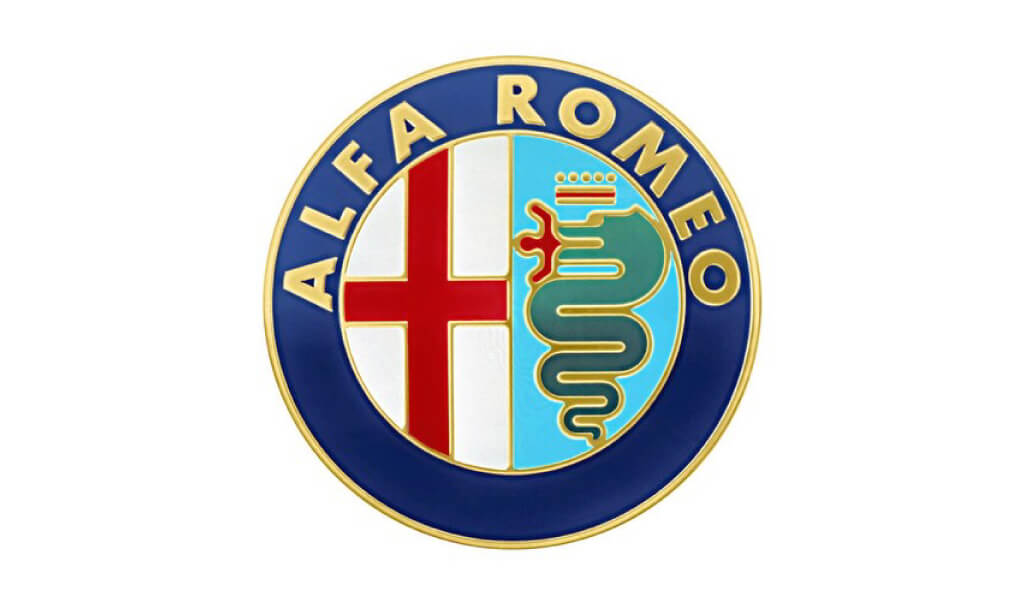
2015
ALFA ROMEO celebrated its 105th anniversary on 24 June 2015 with a refreshed logo unveiled at the Alfa Romeo Museum, together with the Alfa Romeo Giulia, as part of the brand’s relaunch.
Robilant Associati, who had previously reworked several of the Fiat Group logos, spearheaded the redesign of the logo.
The colours were reduced from four to three – the green of the biscione, the red of the cross, and the dark blue of the surrounding ring remained, whilst the gold was removed. Other changes included a new serif type face and the removal of the split white and light blue fields.
The new ALFA ROMEO badge is the perfect balance between geometry and proportion, measured in every single part. Every element’s colour highlights the exclusive positioning of Alfa Romeo expressing a bold and contemporary personality. The pyramidal texture on the background marks the brand character. Two different tones of grey melt together in a three-dimensional contrast of illuminations and shadows.

Alfa Romeo never fails to turn heads and steal hearts.
We have a passion for legendary Italian brands and will always have a feisty Romeo on our floor.
Visit Citton Cars and find the love of your life.
